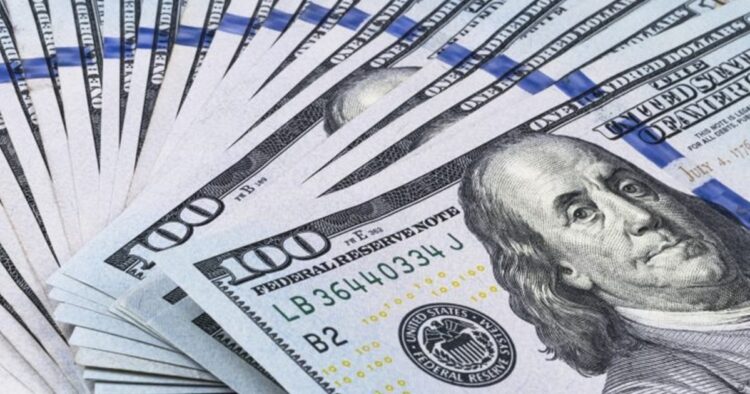In the intricate world of global trade, currencies play a vital role, reflecting a country’s economic health and stability. It’s not just about exchange rates; it’s a complex dance influenced by various factors like interest rates, inflation, and geopolitical stability. A nation’s currency strength is a testament to its financial robustness and stability, serving as a magnet for investments and fostering international partnerships.
The United Nations recognizes 180 legal tender currencies worldwide, each with its unique dynamics. While some currencies are widely used, their popularity doesn’t necessarily determine their value or strength. Currency strength is a delicate balance of supply and demand, contributing to a country’s purchasing power and global credibility.
Forbes Highlights Top 10 Strongest Currencies
Forbes recently released a list of the world’s 10 strongest currencies, comparing them to the Bharatiya currency and the USD. Topping the list is the Kuwaiti Dinar, valued at ₹270.23 and $3.25, followed by the Bahraini Dinar at ₹220.4 and $2.65. The Omani Rial, Jordanian Dinar, Gibraltar Pound, British Pound, Cayman Island Dollar, Swiss Franc, Euro, and surprisingly, the US Dollar round up the list. The USD, despite being the most traded globally, ranks 10th among the world’s strongest currencies, with one USD valued at ₹83.10.
Factors Behind Currency Strength
The success of the Kuwaiti Dinar, consistently ranking as the world’s most valuable currency since 1960, is attributed to Kuwait’s economic stability driven by its substantial oil reserves and tax-free system. Forbes also notes that the Swiss Franc, the currency of Switzerland and Liechtenstein, is widely regarded as the most stable currency globally.
Global Impact and Bharat’s Position
A robust currency not only enhances a country’s purchasing power but also influences global financial markets. As of the latest exchange rates published by the International Monetary Fund (IMF), Bharat ranks 15th, with a value of 82.9 per US Dollar. These rankings are dynamic and subject to fluctuations.
In essence, a currency’s strength extends beyond mere exchange rates, reflecting a country’s economic policies, stability, and global standing. Forbes’ list sheds light on the currencies that stand out in the complex web of international finance, with values subject to change based on evolving economic landscapes.

















Comments